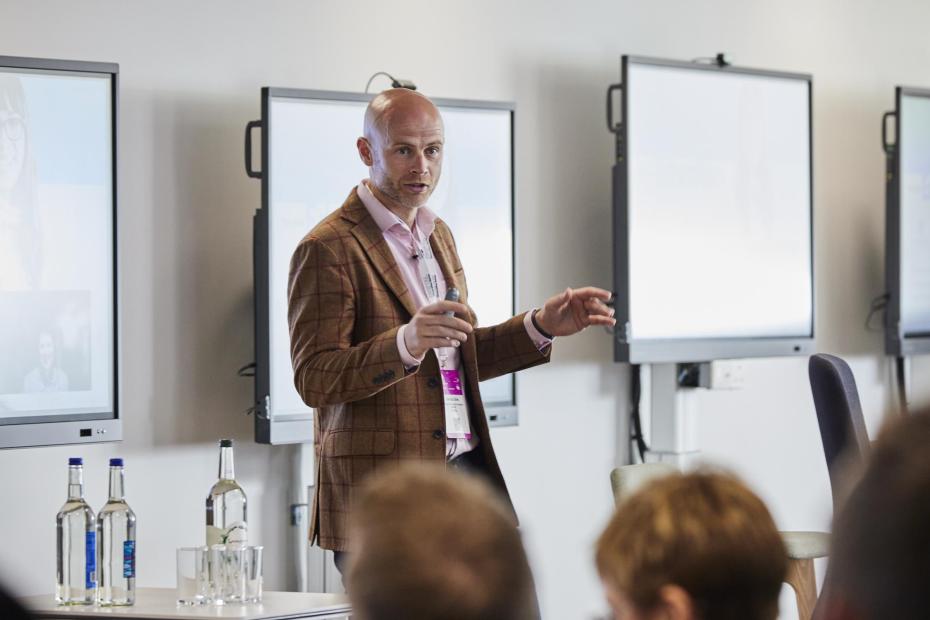
Institutions must ask the right questions – and often – to meet students’ needs
A culture of change and a centralised system that captures student feedback data can shape the education experience from enrolment to graduation

A dynamic use of data and a centralised system can cultivate a fully supported university experience that results in successful and active alumni. During a panel discussion held at THE Digital Universities UK, leaders from education and industry discussed how institutions can shape the educational experience.
A common problem is a mismatch of perception, explained Joshua Sine, vice-president of higher education strategy at experience management company Qualtrics. Students see their university journey as a single relationship with the institution but it’s actually segmented, often by department. “The challenge we face is that those segments typically mean that interactions don’t travel,” Sine said of data silos. The goal is to drive a true, authentic relationship that’s built on the university’s direction and student feedback, Sine said.
Sine identified three aspects that determine the quality of experience data. First is effort: how long a survey takes and how hard it is to complete. Second is whether it’s personalised: questions should be about the student or something they’ve participated in. Avoid asking the same thing twice, Sine said, recommending a system that remembers interactions.
Third is responsiveness. “Feedback that needs an immediate response should be treated as urgent and when a challenge has been identified, students must see that the institution will listen, understand and act accordingly,” Sine said.
To better understand and respond to its students, Johns Hopkins University has centralised its services to streamline administrative touchpoints and cut down on bureaucratic steps. It then monitors effectiveness with a feedback dashboard.
Mark Chisamore, senior programme manager of the Student Services Excellence Initiative at Johns Hopkins University, explained how the university was traditionally decentralised, with 27 offices across multiple schools. This split isn’t acknowledged by students, who expect a seamless service. The driving force of centralisation was to focus on performance management and create a culture of continuous improvement, Chisamore explained.
Johns Hopkins used Salesforce as its case management platform and found it critical to tie together disparate services and allow for smooth handoffs. This generated huge amounts of data, with up to 240,000 cases dealt with each year. But an opportunity for more data collection was seized with post-interaction surveys.
“The student gets a notification email and at the bottom, we have frowning-to-smiley face icons and they click on the one that corresponds to how they felt about that interaction.” Follow-up questions are also offered. “Our hope was to keep it short, sweet and drive as many responses as we can so we get a steady stream of feedback from our students. We get about a five per cent response rate and a lot of them are positive,” Chisamore said.
Regular touchpoints are an important part of this system. Sine explained that passive intercepts give the students the ability to feedback any time they like. Active intercepts pop up during a process to check whether the student is finding what they need and getting the support they require.
“Our current task is to harmonise and get all of our advisors – academic and professional advisors – on a single platform,” Chisamore said. A key part of this has been allowing staff the time and space to cultivate a culture of change in a comfortable timeframe.
Find out more about Qualtrics.

